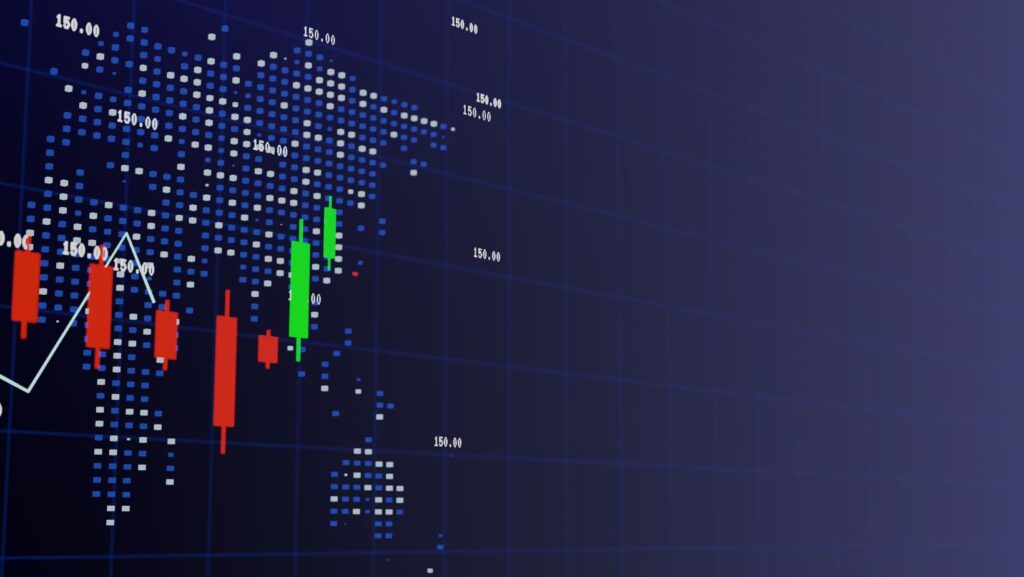Dividends play a crucial role in stock trading, particularly for Australian investors looking to generate passive income through their portfolios.
On the Australian Securities Exchange (ASX), dividend-paying stocks are highly sought after, as they offer a steady income stream in addition to potential capital gains.
In this piece, we’ll explore the importance of dividends in ASX stock trading and guide how to identify high-yield opportunities.
Why Dividends Matter in ASX Stock Trading
Dividends are a portion of a company’s profits distributed to its shareholders, typically on a semi-annual or quarterly basis.
For investors on the ASX, dividend stocks are particularly attractive due to Australia’s tax structure and the concept of franking credits.
When companies pay dividends, they are often “franked,” meaning they have already paid tax on those earnings.

This allows shareholders to claim a tax credit, which reduces the tax burden on the dividend income.
Dividend stocks are particularly appealing to conservative investors or those looking for regular cash flow. They may look at Westpac Banking Corp (wbc asx) and select it as a safe option for their stocks to be invested in.
In a low-interest-rate environment, high-yield dividend stocks can outperform bonds and savings accounts, providing an attractive alternative for income-focused investors.
Identifying High-Yield Dividend Opportunities
Finding high-yield dividend stocks on the ASX requires a systematic approach. Here are some strategies to consider:
Look for Consistent Payers
High-yielding dividends alone aren’t enough; consistency is key. Research companies that have a track record of stable or growing dividend payouts over several years. These companies are often more resilient during economic downturns and provide a steady income stream to shareholders.
Dividend Yield
The dividend yield is a key metric for evaluating dividend stocks. It is calculated by dividing the annual dividend payment by the stock price.

A higher yield indicates a greater return on investment. However, be cautious of companies offering exceptionally high yields, as this could be a sign of financial instability or unsustainable payouts.
Evaluate the Payout Ratio
The payout ratio, which is the proportion of earnings paid out as dividends, is another critical indicator.
A sustainable payout ratio typically falls between 40% and 60%.
A payout ratio higher than this could suggest that the company is paying out more than it can afford, potentially jeopardising future dividends.
Sector-Specific Opportunities
Certain sectors, such as utilities, telecommunications, and real estate investment trusts (REITs), are known for offering reliable, high dividends.
These sectors tend to have stable cash flows and are more likely to provide attractive yields to investors.
By focusing on companies with a consistent dividend history, evaluating dividend yield and payout ratios, and considering sector-specific opportunities, investors can identify high-yield dividend stocks that align with their income and investment goals.
